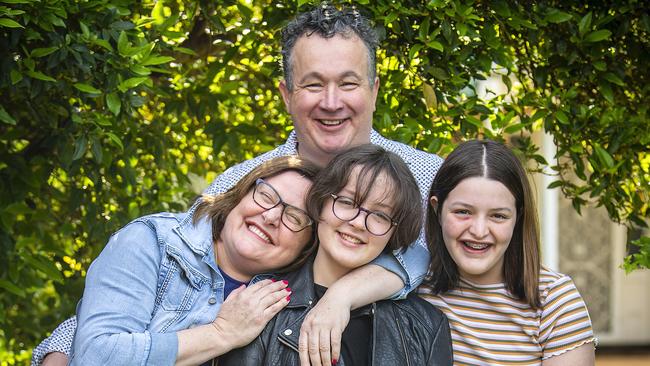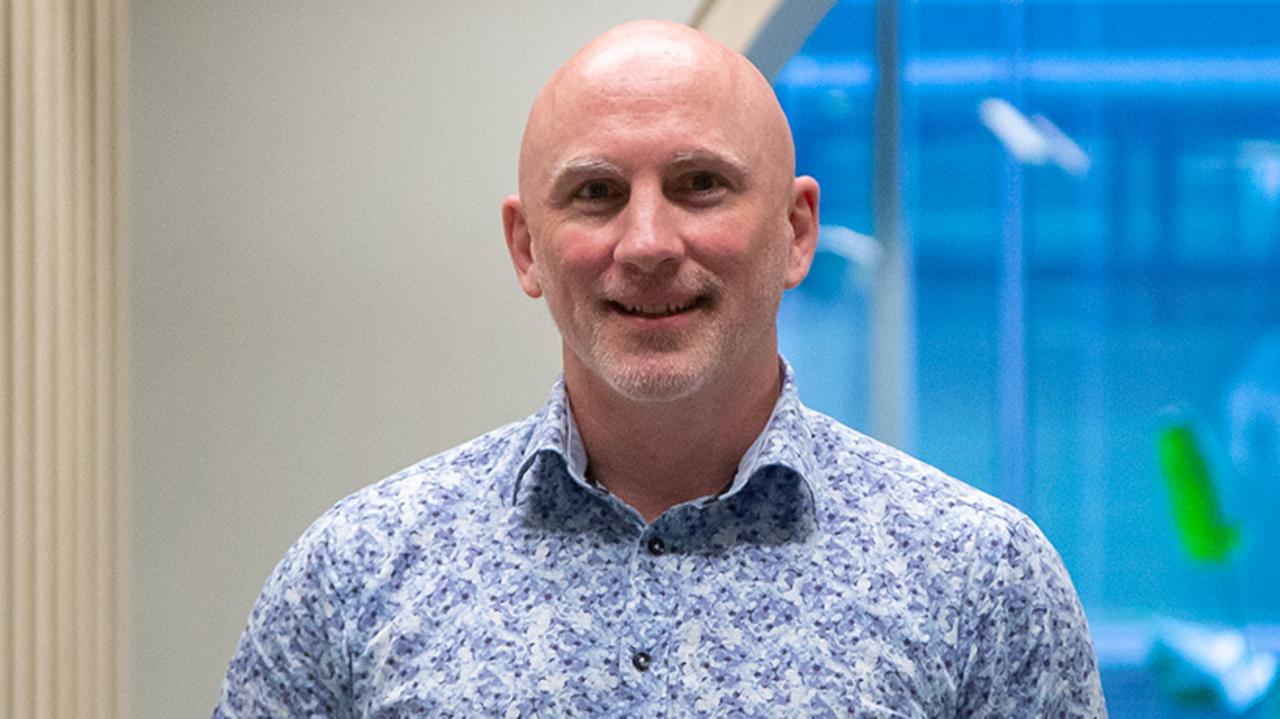Why migraine treatment and management is critical
Are you one of the 4.9 million Australians who suffer from migraine? We have five tips to help you manage the condition.
SmartDaily
Don't miss out on the headlines from SmartDaily. Followed categories will be added to My News.
What do supermodel Elle Macpherson, Olympic swimmer Ian Thorpe and global entertainer Hugh Jackman have in common? They’re three of an estimated 4.9 million Australians who suffer from migraine, a complex neurological disorder caused by having a hyper-reactive brain.
A person with migraine has slightly different genes that make their brain work faster,
react faster, and over-react when exposed to too much stimulation. The over-reaction
is a migraine attack, which has nasty symptoms ranging from a throbbing headache
and nausea to blurred vision and dizziness.
“Migraine is a debilitating disorder because of the symptoms, and it is much more than
just a headache,” says neurologist Dr Bronwyn Jenkins. “Where you can go for a jog
with a tension headache, with a migraine you have limited functioning.”

The results of a 2022 survey by Hydralyte and Migraine & Headache Australia,
published for Migraine and Headache Awareness Week, which runs until September 23, have revealed new insights compared with 2020 when the study was last undertaken.
While anxiety and depression are major triggers for an attack, helpful self-care rituals
have been neglected with 39 per cent of participants exercising less and almost half
not getting enough sleep. Additionally, more than a third have had an increase in migraines
and headaches following a Covid-19 infection, with one-fifth experiencing an increase
in headaches for more than three months post-recovery.
Jenkins says there are different types of migraine, along with different triggers and
combinations of symptoms, some of which do not involve a significant headache.
“It’s very helpful for individuals to recognise their triggers as part of migraine
management,” she explains. “For example, in the study, we found that stress or mood
disturbance was a marker for more frequent migraines, with 76 per cent
experiencing the same or more stress than in 2020, and many still feeling depressed
or have feelings of sadness.”
Carl Cincinnato, executive director at Migraine & Headache Australia, says that one
element of the study results which stood out for him is that fewer people are feeling
“well rested” compared with 2020.

“While people are working from home and getting all the benefits of not having to travel and a better work-life balance, the study suggests that there is more we can do to manage our health and wellbeing,” he says.
Cincinnato, who has suffered from migraine all his life, says that self-care routines are
vital.
“The first step for me in migraine management was having a better understanding of my condition and taking more responsibility, rather than relying on doctor visits,” he says.
“I kept a diary and learned about my triggers. I realised I was kicking ‘own goals’, like
not getting eight or nine hours of sleep a night and not being hydrated enough, so I
went to bed earlier and drank more water, and those behavioural and lifestyle changes
started to make a difference.”
Migraine is commonly inherited, and it’s a disorder that Alison Copley and her family from Adelaide manage together in their day-to-day lives.
Copley, a 50-year-old occupational therapist, has suffered from severe chronic migraine since she was eight and now has rheumatoid arthritis. Meanwhile, her husband Rob, 51, and their teenage daughters, Becky and Lauren, are also migraine sufferers.
Besides clinical management of the disorder, the family prioritises consistent self-care
routines.

“We are very strict on bedtimes and waking routines, and we try hard to eat reliable meals with consistent mealtimes,” says Copley.
Ensuring adequate hydration is also important so the family carries water bottles with
them at all times, while other triggers include alcohol and sudden changes in the
temperature.
Copley says that migraine is misunderstood. “Many people think migraine is just a headache so you should be able to manage it easily,” she says. “The reality is that it affects your entire body, and it’s different for each person.”
Jenkins says people shouldn’t ignore persistent headaches or any other symptoms of migraine, and it’s essential to get a formal diagnosis.
Copley says that you don’t have to “put up” with migraine attacks. “You don’t have to accept a poor quality of life as there are treatment options and self-care routines that help manage
it,” she says.
TIPS FOR MANAGING MIGRAINE
• Educate yourself about migraine.
• Understand that you have a role to play in managing it.
• Get plenty of sleep and keep well hydrated.
• Keep a diary to track patterns and triggers.
• Focus on preventing attacks.
Source: Carl Cincinnato, Migraine & Headache Australia




